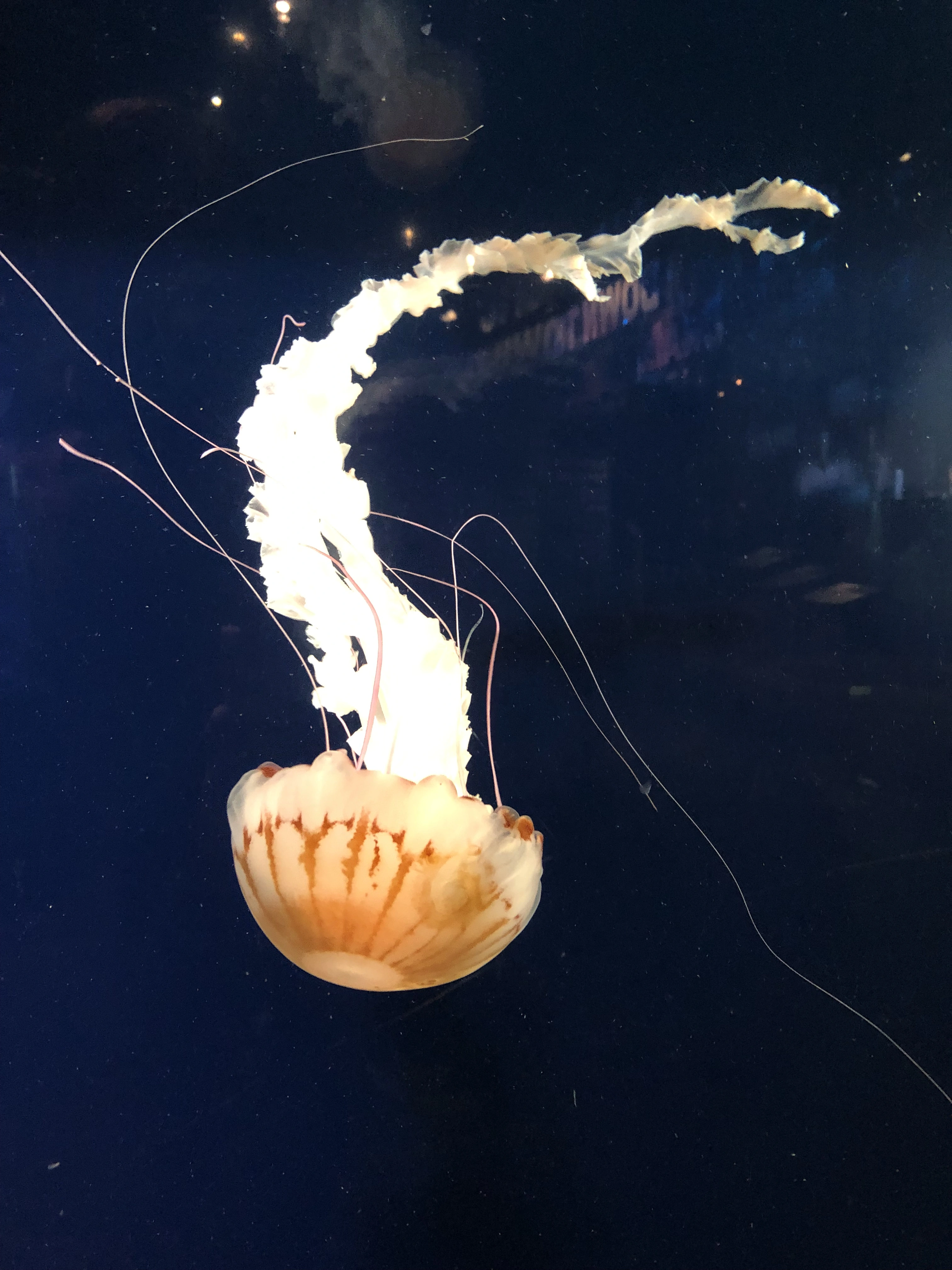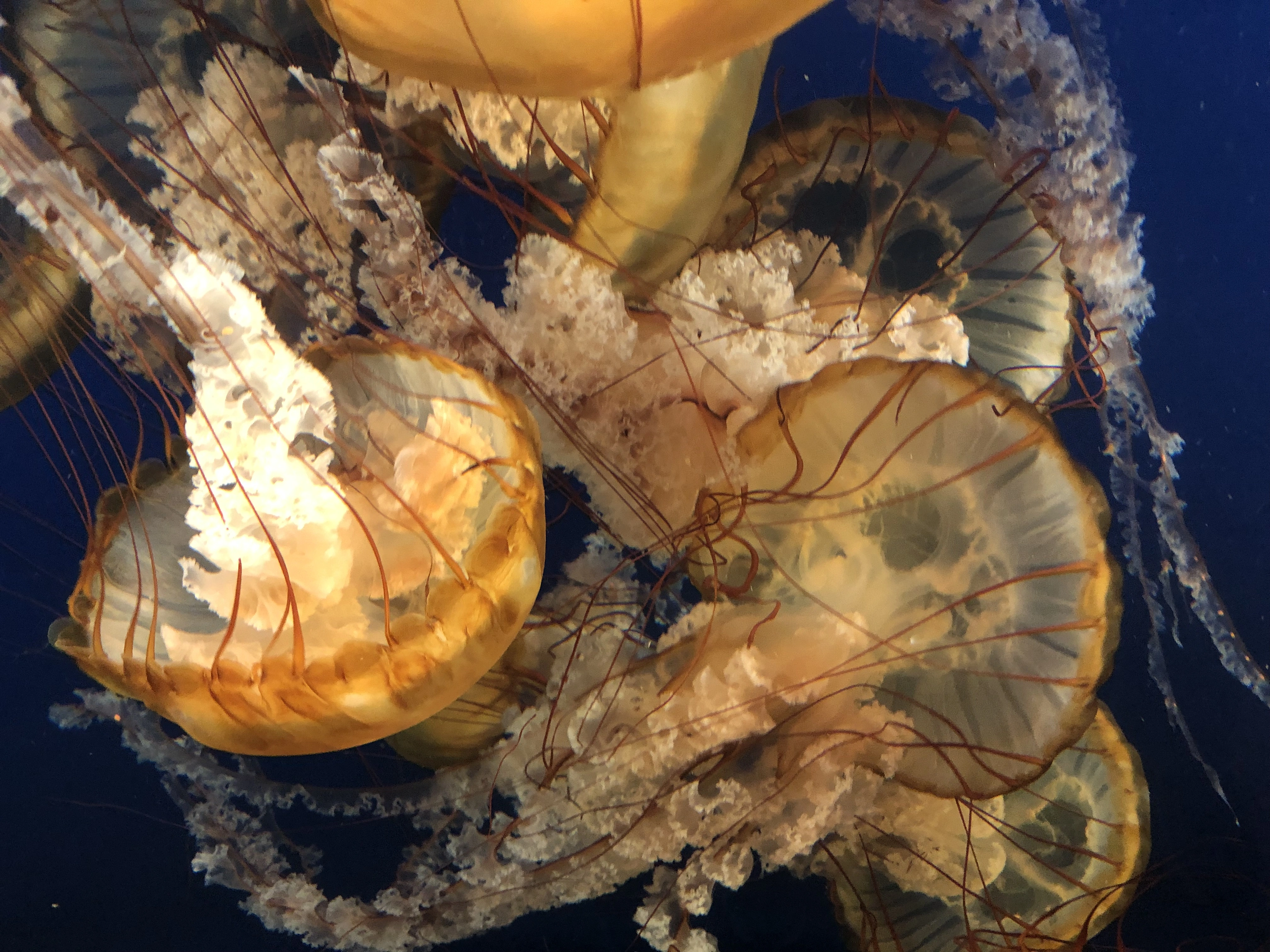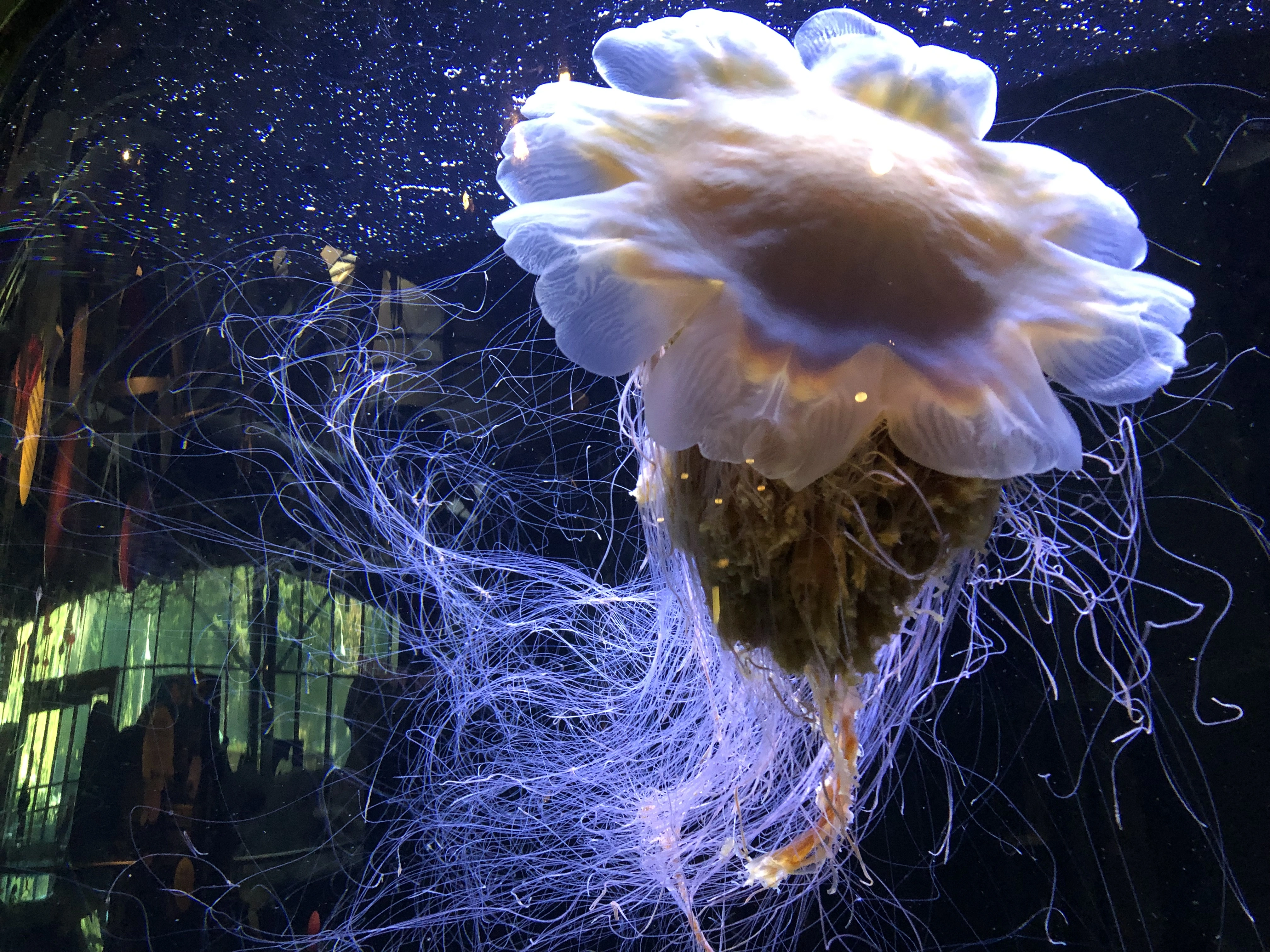How did your modding turn out?
Grimm
Congrats newly wed! And thank you for everything you do on this server. It’s been so much more enjoyable than other forum-based platforms.
I am flattered my post got crossposted here. :))
I’ve started reading Uprooted by Naomi Novik and Sea of Tranquility by Emily St. John Mandel. Uprooted is going more pleasantly than I was expecting. I’ve heard a lot of mixed opinions about it but so far I’m enjoying it. It’s too early to form an opinion on Sea of Tranquility but it’s been a good read so far as well.
You captured her perfectly.
I’m glad there are people like you who point out what’s AI generated because this dumb idiot (me) can never tell.
Sometimes very cool and serious retro gamers need to feel wholesome.
I’d love to see a full PlayStation series.
Thank you! I was shooting through the glass. You can see some of the light reflections from the glass on the front of the jellyfish and the lower left is a big ugly indicator, haha.












I’ll check back again next year then, hahaha.